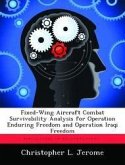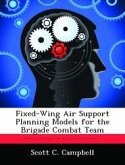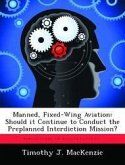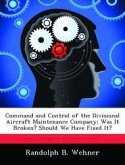The large battlespace in Iraq and Afghanistan has exposed an existing time and distance intra-theater airlift "gap" within the Department of Defense that cannot be met with Army tactical helicopters like the CH-47 Chinook and UH-60 Blackhawk or larger Air Force cargo airplanes like the C-130 Hercules and C-17 Globemaster III. This study explores the logic behind expanding Army fixed-wing aircraft roles and missions. Acquiring, integrating and operating a larger number of C-27J Spartan cargo airplanes to assume or supplement existing utility and cargo helicopter missions is a more capable, flexible, efficient and economical solution to meeting Army intra-theater airlift mission requirements. The thesis reviews what has historically prevented the Army from acquiring and employing a larger amount of cargo airplanes. The thesis then explains why it is necessary for the Army to increase airlift capacity to better support a more modular and expeditionary ground force while conducting Full Spectrum Operations in the current and future Contemporary Operating Environment. The thesis provides justification as to why the Army should employ a greater percentage of cargo airplanes as opposed to utility or cargo helicopters with respect to capability, flexibility, efficiency and cost. The thesis concludes with a recommendation to better balance the Army's fixed-wing and rotary-wing fleet that meets the needs of the Interim and Future Force.
Hinweis: Dieser Artikel kann nur an eine deutsche Lieferadresse ausgeliefert werden.
Hinweis: Dieser Artikel kann nur an eine deutsche Lieferadresse ausgeliefert werden.








